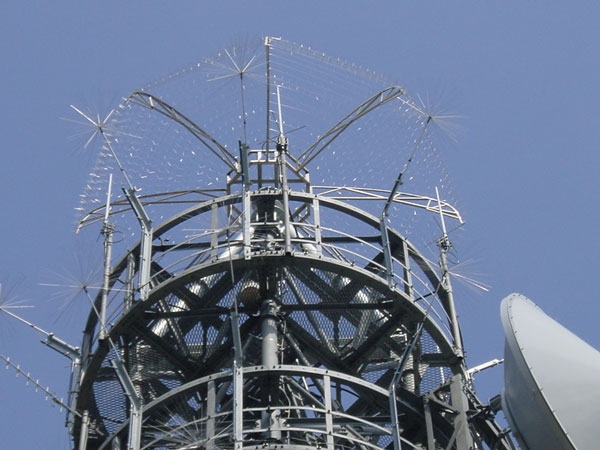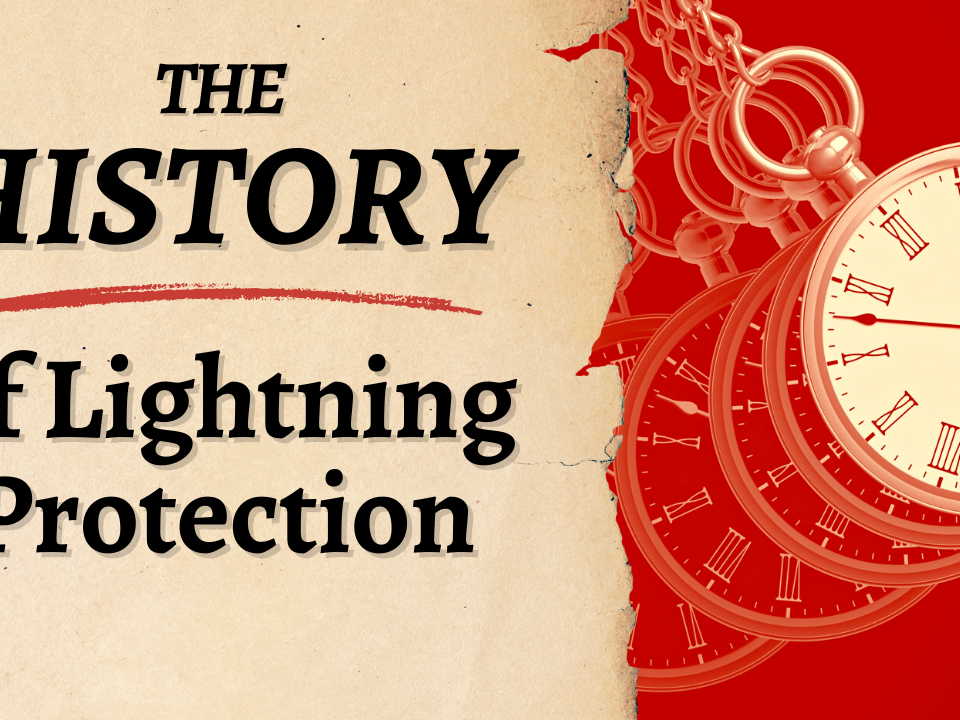- 100% AMERICAN MADE
- Lightning Protection - YOUR time, NOT Downtime

Lightning Protection Standards: Part I – “You have Choices!” | Part Three Misspelled, Misunderstood and Manhandled Series
March 14, 2014
Lightning Protection for Australia
March 27, 2014Lightning Protection Standards: Part II – Lightning Eliminators Standards Story

Lightning Protection Blog
Week 79 | March 20, 2014
Subscribe to the Lightning Protection Blog in the right-hand column on the Blog Homepage
Here is Part II of our standards overview. Hopefully between Part I and Part II this answers many questions that you might have about our products and technology and the competitive solutions offered in the marketplace for Lightning Protection Systems.
As I mentioned last week, standards around Lightning Protection are not all they are cracked up to be and certainly not detrimental to a proven and comprehensive solution. In fact, they only service one industry and that is the lightning rod manufacturers industry. Being that this is 2014 and the lightning rod was invented almost 300 years ago; why would anybody put all their eggs in that basket? I had discussed this over the summer in a three part series titled “Lightning Rods are OLD: NEW Lightning Protection” and was covered in our paper “Collection vs. Protection”
If it was not clear to the reader before, standards are built around a common technology by a group whose interests are invested in that particular solution. Since we hold the patent for the Dissipation Array® System (DAS), the Retractable Grounding Assembly (RGA®) as well as the Chem-Rod® and many other Lightning Protection, Grounding and Surge Products and there are no other manufacturers, only copycats as seen quite a bit with the RGA as outlined in this competitive analysis. Standards are not created around a product, only a common solution. Therefore, where our products meet the specifications of any standards around Lightning Protection we meet the requirements, where there is no standard, because there cannot be, we simply do not need one, nor does the end user.
Joe Lanzoni, V.P. of Operations and Lightning Eliminators outlines the products that do meet and exceed the standards. In Brian Dougherty’s commentary last week “Lightning Protection Standards: Part I”, he compliments this blog post by emphasizing why the standards are not necessary and where they can actually be counterintuitive to a comprehensive lightning protection solution which incorporates, not only direct strike protection but grounding engineering and surge protection. Enjoy!
LightningDiva@large
***
Lightning Protection Standards & LEC
By Joe Lanzoni, V.P. of Operations at Lightning Eliminators and Consultants, Inc.
Lightning Eliminators has a very wide product mix. Our products have been designed to prevent or solve all lightning-related problems at our customers’ facilities. This product mix includes three primary product lines, as follows:
- Lightning protection systems (LPS’s) and products
- Surge protection products for electric power (both AC and DC) and communications circuits
- Grounding and bonding products and systems
The first product line (LPS’s and products) is directly influenced by two lightning protection standards:
- NFPA 780 – The Standard for the Installation of Lightning Protection Systems (NFPA = National Fire Protection Association)
- UL 96A – The Standard for Installation Requirements for Lightning Protection Systems (UL = Underwriters Laboratory)
These two standards are nearly identical, and for this reason the following discussion will refer to these standards as one, i.e., NFPA 780. NFPA was created in 1869 with the purpose of creating rules, standards and practices for the prevention of fires. NFPA’s first lightning protection standard was published in 1904, and this document eventually morphed into 780. The latest edition of NFPA 780 is the 2014 edition. It is important to note that 780 is a “Standard” as opposed to a “Code.” By being a Standard, it allows a building owner to deviate from–or even ignore–its recommendations based on practical or engineering judgment. In comparison, a Code does not allow deviation. Compliance to 780 is not mandatory in the USA.
NFPA 780 is written around the use of traditional lightning protection systems, which includes the installation of lightning strike collection devices on top of or above the structure being protected. For example, for a conventional peak roof building, 780 prescribes the installation of air terminals every 20 feet (6 meters) along the peak of the roof. It also states the quantity, layout and size of grounding conductors and grounding electrodes. 780 also includes the use of other types of strike collectors, including masts, overhead shield wires, etc. Over the years NFPA 780 has been expanded to cover nearly every type of structure.
LEC’s Dissipation Array System (DAS) does not conform to NFPA 780, since 780 specifically omits Early Streamer Emitters (ESE’s) and DAS’s with the statement, “the document [does] not cover lightning protection installation requirements for early streamer emission systems or lightning dissipater array systems.”
The DAS is a dissipation system based on using Charge Transfer Technology (CTS) to prevent the formation of upward streamers being emitted from the protected area or structure, thus preventing the termination of a lightning strike to the protected area or structure. It is important to note that the DAS is designed to prevent the termination of a strike, whereas a conventional 780-compliant system is designed to collect lightning strikes.
Because compliance to NFPA 780 is not mandatory (in the United States), many companies choose to protect their critical assets using DAS. Occasionally, a customer will desire a CTS system while requiring a 780-compliant system. In this case, Spline Ball Terminals (SBT’s) in a 780 layout should be used. An SBT is a UL listed, ionizing air terminal. An LPS employing SBT’s as the air terminal does meet NFPA 780 requirements. Therefore, if a customer desires an ionizing system while requiring conformance to NFPA 780, then an SBT system should be installed.
If you have any questions about this article or regarding Lightning Protection Standards feel free to contact Joe Lanzoni at JLanzoni@lecglobal.com
As always with regard to anything Lightning or Lightning Protection related contact the LightningDiva@lecglobal.com


